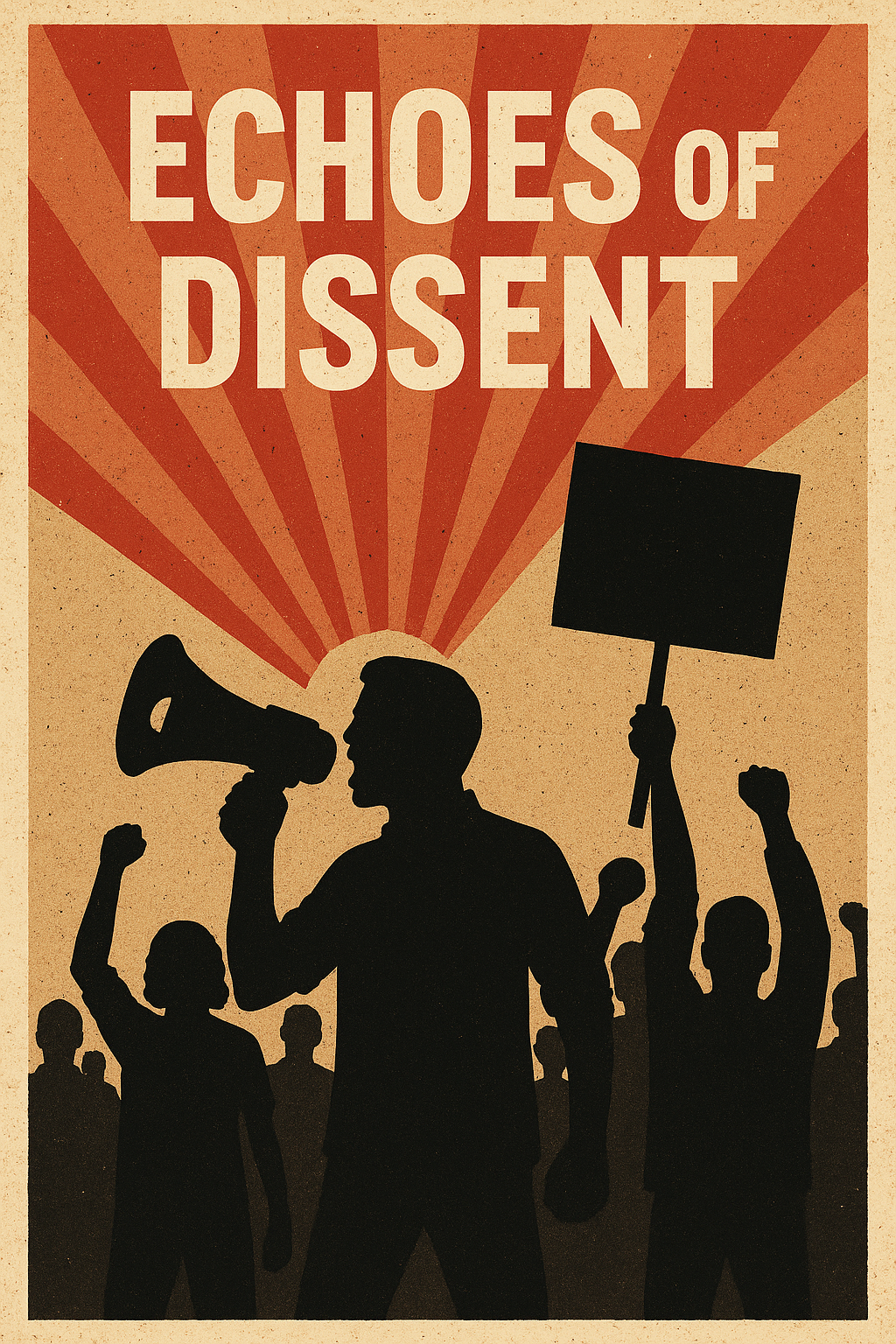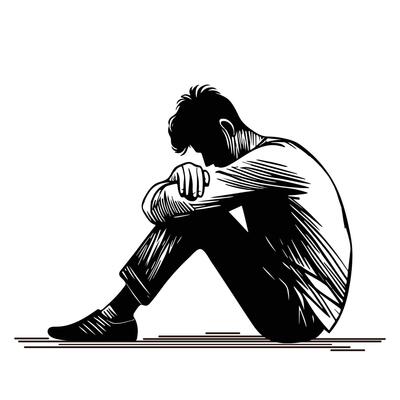By now, it should be clear: Year Zero and Operation: Mindcrime didn’t invent dystopias—they echoed the ones rooted in our real past. Those echoes are echoing again in Los Angeles this week.
On June 6, ICE raids hit the Fashion District, Home Depots, restaurants—sparking nationwide outrage (time.com, en.wikipedia.org). By June 7–9, mass protests—some peaceful, some turning confrontational—met tear gas, rubber bullets, flash-bangs, and the first federal leveling of the National Guard since 1965 (washingtonpost.com). Families separated, community spaces militarized, cameras catching unarmed reporters hit on live TV (people.com). Authorities call it “restoration”; many see it as authoritarian creep.
So let’s return to history—revisit the movements that resisted, understand their tactics and timelines, then tie them into the LA fires burning now.
1. The White Rose (Germany, 1942–1943)
Timeline & context: From June 1942, a group of Munich University students and professors distributed six pamphlets opposing the Nazi regime—no guerilla cells, no armies, just truth in print. By early 1943 most had been arrested and executed.
Core lesson: Moral clarity matters. In LA, immigrant rights activists are naming the raids and troop deployment for what they are: violations of rights and federal overreach . That clarity, amplified, is resistance.
2. Civil Rights Movement (U.S., 1954–1968)
Timeline & context: Legal victories like Brown v. Board (1954), Montgomery Bus Boycott (1955–56), sit-ins (1960), Freedom Rides (1961), Birmingham campaign (1963), Voting Rights Act (1965), and finally MLK’s assassination (1968)—a multi-front, 14-year effort.
Core lesson: Nonviolence is pressure, systematized. In LA, protesters are blocking highways, marching, occupying sites—demonstrating moral force under extreme police/military pressure . But like Selma, they need legal advocacy, community infrastructure, coordinated messaging. Leaders like Newsom and Bass echo this — urging peaceful persistence (washingtonpost.com).
3. Solidarity (Poland, 1980s)
Timeline & context: Born in August 1980 at Gdańsk Shipyard, led by Lech Wałęsa. Within 18 months, Solidarity reached 10 million members, endured martial law (1981–83), re-emerged, and by 1989 negotiated free elections—ending Communist rule.
Core lesson: Leverage + morale = long-term disruption. In LA, groups like SEIU, Centro CSO, and Party for Socialism and Liberation are organizing observers and morale teams—documenting raids, protecting protestors, offering legal and medical aid . That blend—pressure and levity—breaks the façade of total control.
4. Arab Spring (2010–2012)
Timeline & context: Began December 2010 in Tunisia, spreading to Egypt (Feb 2011), Libya, Yemen, Syria, Bahrain. Decades of autocrats fell—but only where structured civil institutions followed the uprisings.
Core lesson: Momentum without structure fails. In LA, outrage spreads quickly—blockades, freeway shutdowns, student walkouts reaching universities and high schools . But lasting change requires legal teams, union coordination, canalized media narratives. See the recent arrest of SEIU leader David Huerta—even unions across the U.S. are mobilizing in response (theguardian.com).
5. January 6 Insurrection (U.S., 2021)
Timeline & context: On January 6, 2021, a violent mob stormed the U.S. Capitol, trying to overturn certified election results. That federal intervention in democracy did not free it—it fractured it.
Core lesson: Not all dissent is righteous. In LA, federal troops are lauded under “law and order,” but the imagery of tanks and tear gas against protesters echoes warning signs of authoritarian consolidate—not democracy in action . LA leaders are sounding this alarm.
How LA’s Moment Mirrors History
| Lesson from History | LA Today |
| Moral clarity (White Rose) | Activists loudly naming federal overreach and exposing abuses |
| Nonviolent, strategic pressure (Civil Rights) | Marches, courts, community backing, elected voices |
| Leverage + morale (Solidarity) | Union support, legal protection, humor, solidarity bridges |
| Momentum + infrastructure (Arab Spring) | Youth-led blockades + union/legal backstops |
| Beware authoritarian epicenters (Jan 6) | Troop deployment—framed as public safety but steeped in danger symbolism |
What We Can Do—Applied
- Speak truth—and name elites: Hold agencies, politicians, and militarized forces accountable for actions that echo secrets of authoritarianism.
- Organize before escalation: Build legal, community, media infrastructure parallel to protests—so energy doesn’t fizzle.
- Unify diverse actors: Amplify immigrant advocates, student movements, labor unions—don’t let silos splinter momentum.
- Expose the spectacle: Normalize humor, satire, grassroots reporting—dispel military theater.
- Guard democratic symbols: When troops show, question both martial and symbolic legitimacy—use constitutional checks.
The White Rose spoke truth from a cell.
MLK coordinated grassroots pressure with legal strategy.
Solidarity built a union and toppled a regime.
The Arab Spring revealed both the spark of mass uprising and the danger of momentum without structure.
January 6 showed us how rebellion can wear a fascist mask.
In LA, those threads intersect. ICE raids lit the spark. Troops applied the flashpoint. And people are finding their voice. Just like in Munich, Selma, Gdańsk, and Cairo—this is a test. Will it stop at outrage, or will it grow into coordinated resistance? Will the spectacle drown real grievance—or will we build something lasting from it?
These histories aren’t distant—they’re blueprints. These are our tools. Our music, our stories, our systems-thinking minds—they’re made for moments like this. LA deserves more than reaction. It deserves structure. Strategy. Humanity. Justice.
Now is the time to use what we know.




